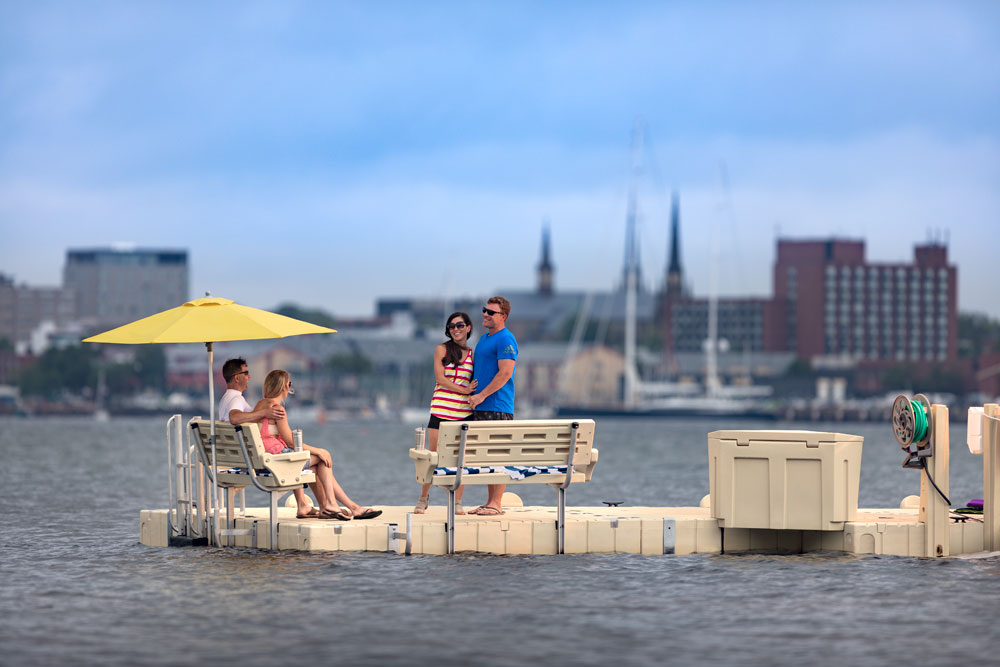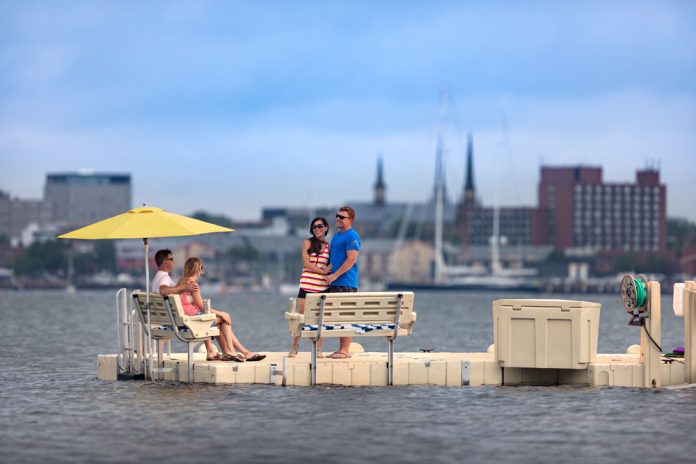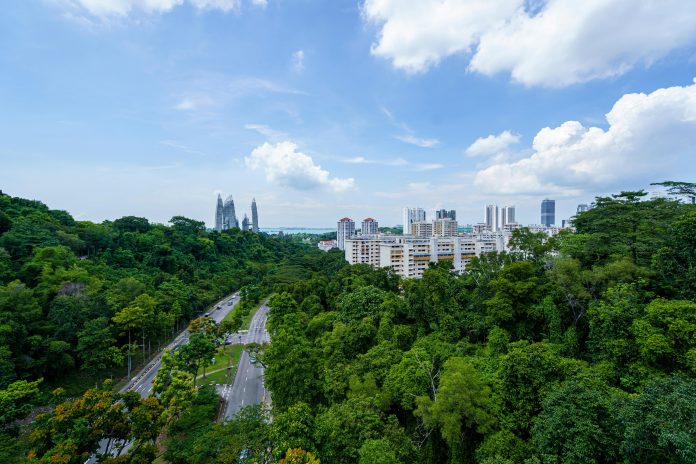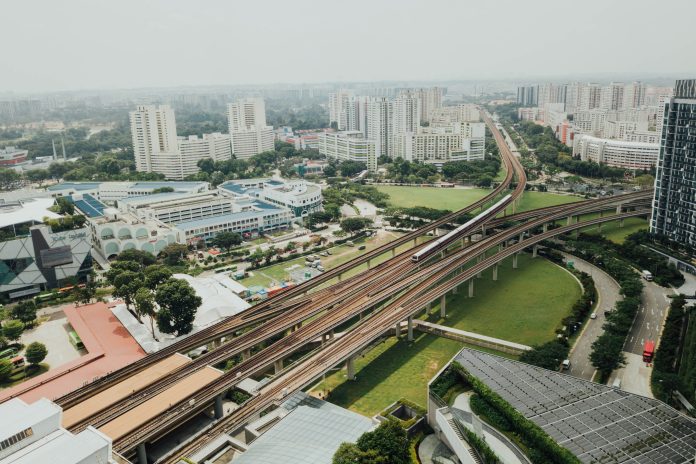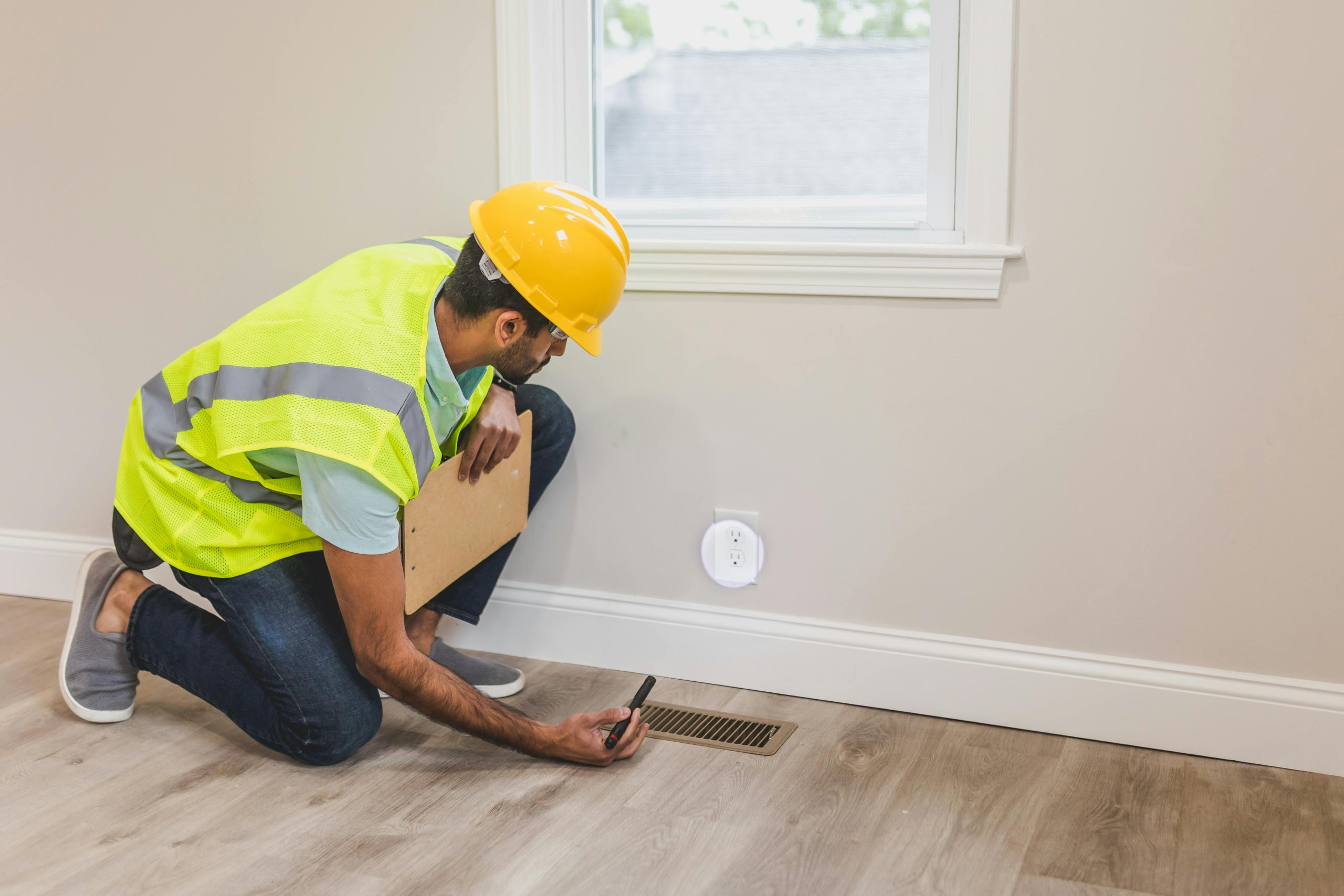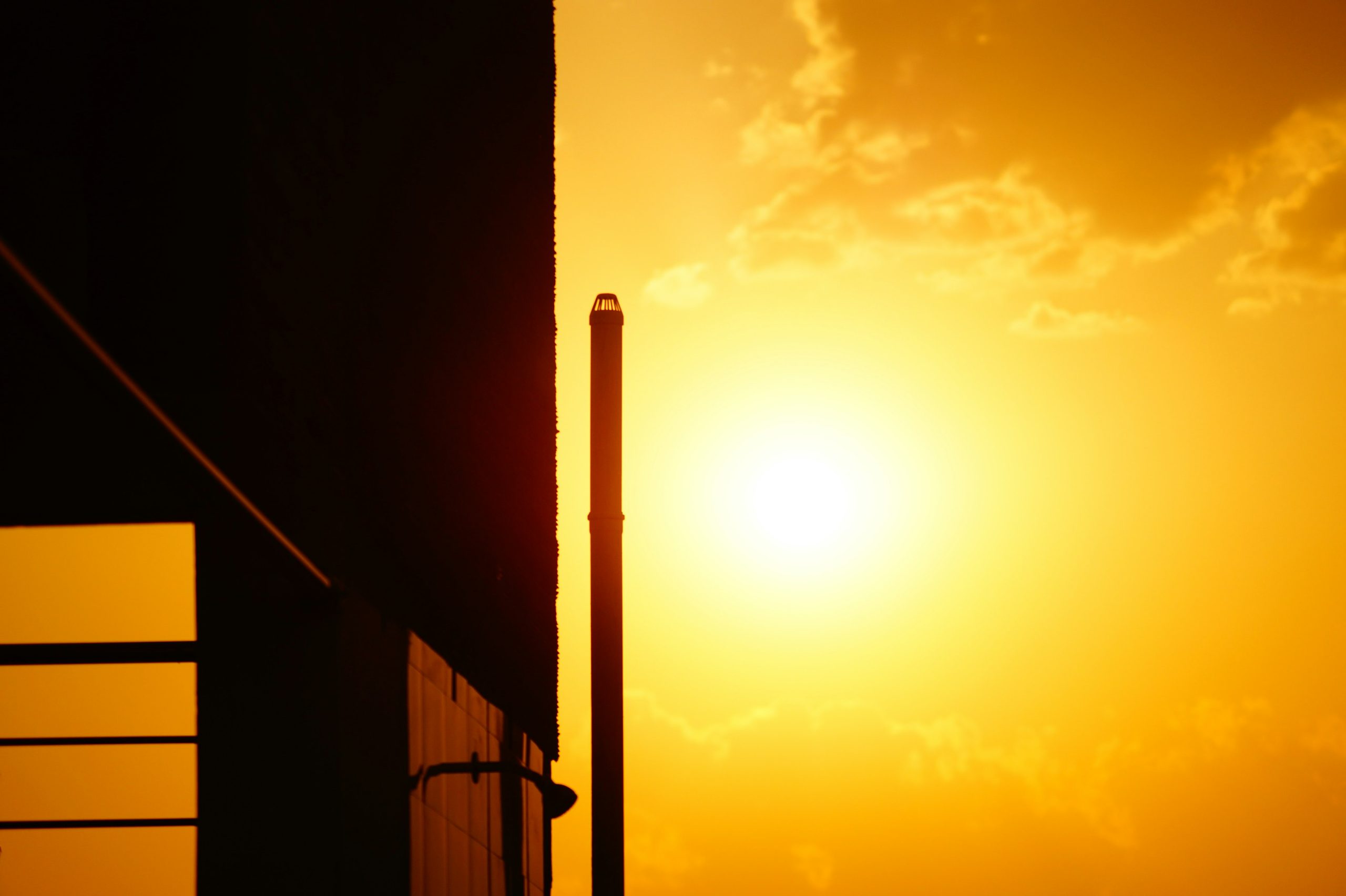Image source: EZ Docks.
The coastal mangroves and lakefront vegetation around you are hubs for wildlife. They are also essential defenders against brutal tides and severe storms. Keeping these habitats healthy is vital, especially in docks and piers, where fishermen are active and boats expend fuel.
Dockside ecology represents efforts that go into making these zones habitable for aquatic species and supportive of people simultaneously. Sustainable docking solutions help waters near you flourish and combat toxic influences.
The Importance of Waterfront Ecosystems
Waterfronts are crucial areas for keeping many species fed and protected, especially during the vulnerable parts of their lives. Many of these areas are nurseries for young fish and near communities of seaside birds. Seagrasses, coral and many other essential organisms thrive here, too. For example, filter-feeding oysters love shorelines, and they remove unnecessary contaminants from the area. They can control harmful algal blooms and excess nitrogen.
The biodiversity found in these ecosystems is interconnected to your neighborhoods in numerous ways. Some rely on them for eco-tourism, inviting guests to view dolphins or dive deep into coral reefs. Water recreation may also be common in your life, like kayaking or surfing. The income and community-building from these influences, alongside fishing operations, sustain coastal economies.
However, many of these areas may be enduring several threats. You have likely seen tides absorbing stray trash or smelled pollution in the air, and these dangers cause species to thin and habitats to disappear. There are ways to balance human activity while keeping what lies under the water healthy.
The Negative Impacts of Traditional Docks
Conventional docks could have set a precedent for greater eco-consciousness in the past, but modern installations are leading the charge. These are the ways traditional practices harmed aquatic ecosystems:
- Shading: Prevents light from reaching plants
- Habitat disruption: Destroys or changes formations because of infrastructure
- Chemical leaching: Adds toxins into the water from treated construction materials
- Erosion: Reduces the strength of sand and earth causing sedimentation and movement
- Flow disturbance: Stands in the way of natural water movements
These factors contribute to potentially low oxygen levels, altered pH and inconsistent distribution of nutrients.
Floating docks can also invite native species into the water. Boats coming into a harbor from far-away areas could have unintentional stowaways in or on the ship, introducing them into a habitat where they could outcompete what is already there.
California is currently attempting to curb the presence of golden mussels, which likely arrived via commercial shipping boats. They encrust places like docks and line beaches, making them unappealing to visitors.
Introducing Ecological Docks: A Sustainable Solution
Ecological docks are an alternative that can be built as permanent or removable installations. Designers and engineers make them meld more seamlessly with dockside environments and have little to no negative impacts because of these considerations. They have durable, eco-friendly components and features that help aquatic life instead of harming it.
Types of Eco-Friendly Docks
Eco-friendly docks operate and look different from conventional models. Case studies from companies like EZ Dock demonstrate how effective dock innovations have been in the industry, especially modular floating docks. These are configurable, allowing people to move elements based on the water’s behavior and activity. It also makes it easier to interact with the water without harming the species nearby.
Other ecological docks include pipe and lift-up versions. A floating dock for boat activity is ideal for navigation without compromising species and habitat safety. These are typically made from heavily recycled aluminum or similarly strong materials against cold waters and pressure. They may also have light color options to prevent shading by increasing how much light the materials reflect.
They also follow the Toxicity Characteristic Leaching Procedure from the U.S. Environmental Protection Agency, which controls liquid and solid contaminants from the dock’s materials.
Finally, there are rolling docks that have wheels made of recycled plastic and rubber. The ease of movement makes them an accessible install, even in choppy waters. Resistance against rough conditions like wind and forceful currents is critical for being a more eco-friendly option.
It minimizes maintenance and repair needs and preserves precious natural resources. Conventional wooden docks fall apart during intense storms, while modular and ecologically considerate docksides withstand turbulence more confidently.
Ways They Differ
Ecological docks include no treatments or paints that could seep into the water. They also contain low amounts of polystyrene foam or none at all in an effort to reduce pollution. You can also expect greater use of renewable options, like wood, sourced from recycled avenues or by providers specializing in ethically managed harvesting. Eco-friendly materials can include rubber and metals, so long as they are from a repurposed place.
Different designs may also include aspects providing more shelter and places for fish to spawn. Pile docks could work because their beams are inserted deep into the ocean floor for stability. The strength allows other structural elements to expand around it, although they are fixed and could cause disruptions.
EZ Docks focuses on habitat conservation in addition to restoration, stating, “EZ Dock actively collaborates with conservation organizations, providing our expertise and products to support habitat restoration projects. Our docks have been used in various scientific studies, helping researchers monitor water quality, study wildlife behavior and assess the health of aquatic ecosystems.”
Permanent options like crib docks upset the natural flow of the water. Adaptable or adjustable docks prevent infrastructure from getting in the way of a waterway’s most essential functions. This improves:
- Water quality
- Light penetration
- Species health and population growth
- Resilience against climate stressors
- Strength of connections between habitats
How to Maintain an Ecological Dock
Here are some action takeaways so you can educate your community and nearby docks. These will establish better relationships with underwater life and set a new standard for a dock’s ecological responsibilities.
- Plant native plants around the dock to restore habitats.
- Consult with experts when installing artificial reefs to complement existing plants.
- Eliminate pesticides and chemical use from shoreline operations.
- Spread awareness of how the dock has changed to be more environmentally friendly.
A Floating Dock in Sustainable Waterfronts
Whether you are looking for a floating dock for sale or observing the changes in nearby waterways, every coastal inhabitant deserves an equal opportunity to persist through climate change. Sustainable docking solutions are the future and could enhance how fisheries and transportation operate. Consider ecological docks as the new standard and advocate for their installation near you. With enough enthusiasm, waterfront living could better coexist with aquatic species.

